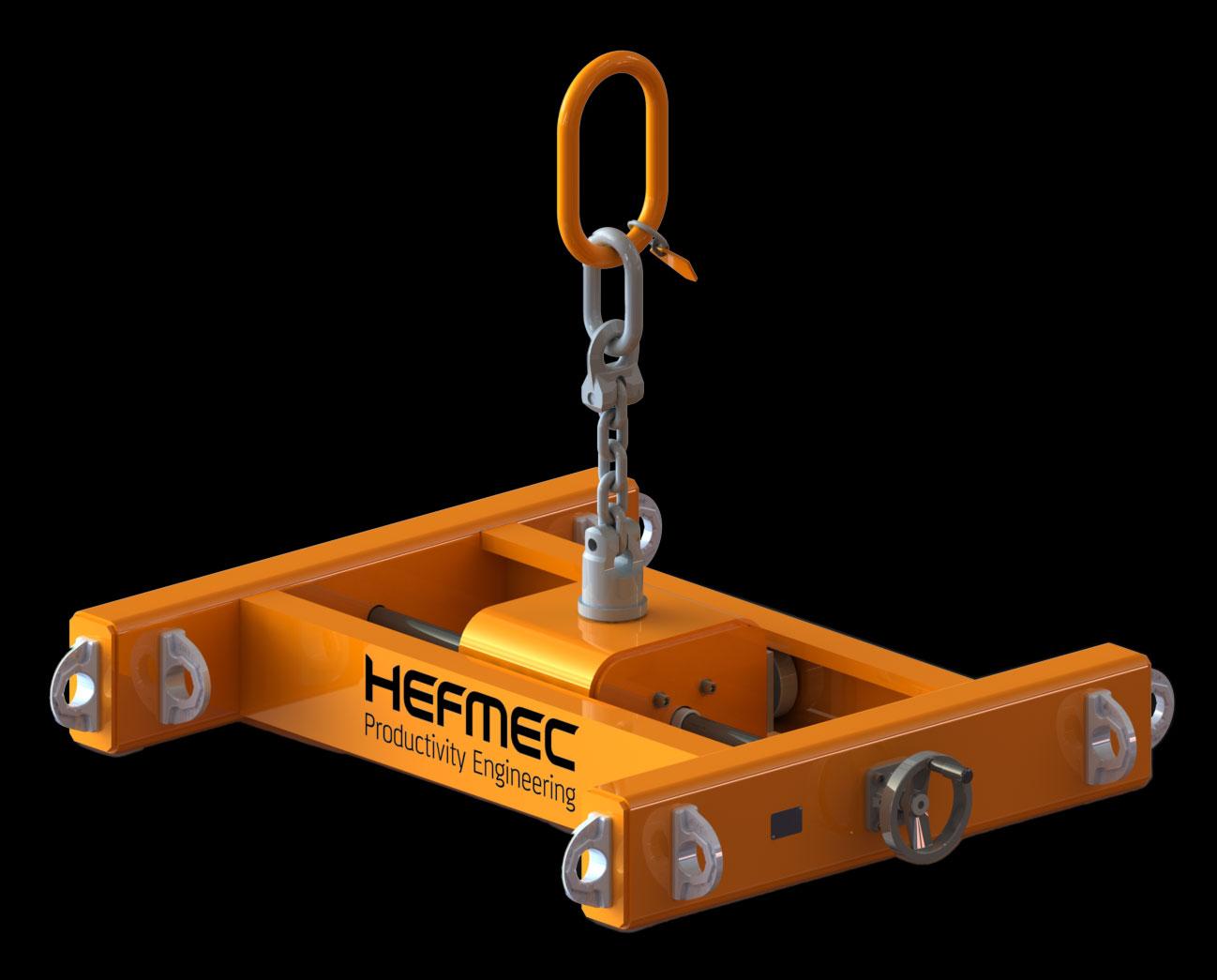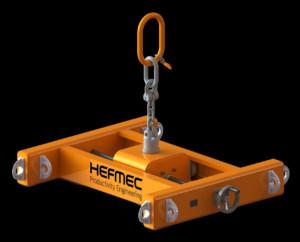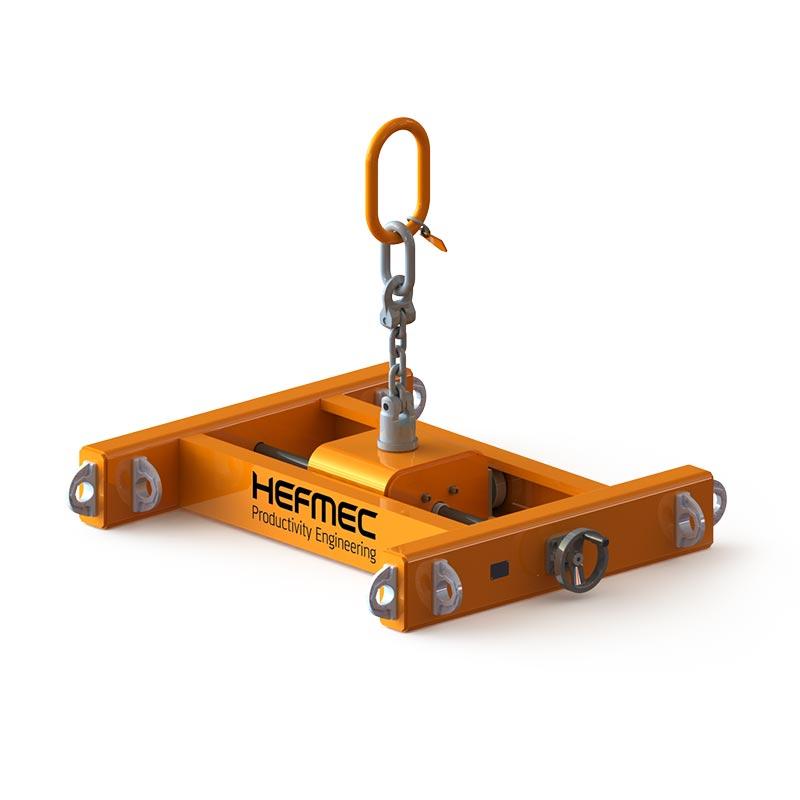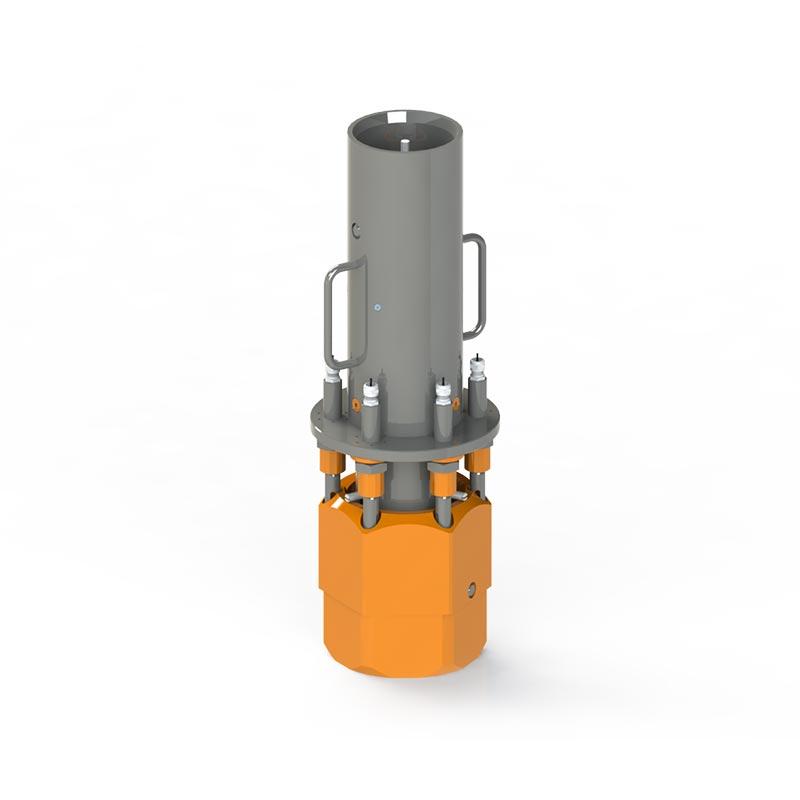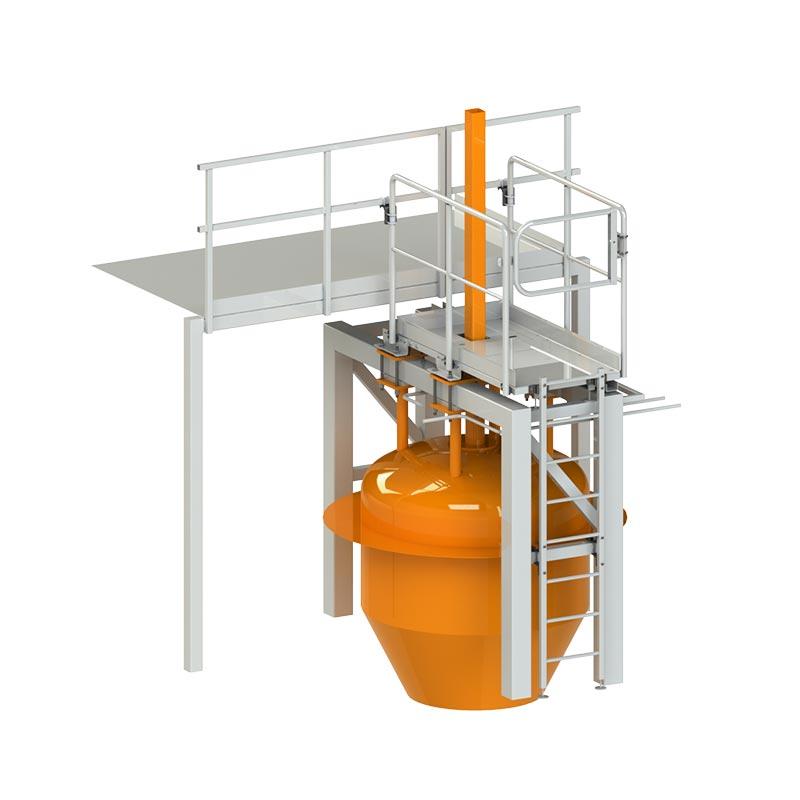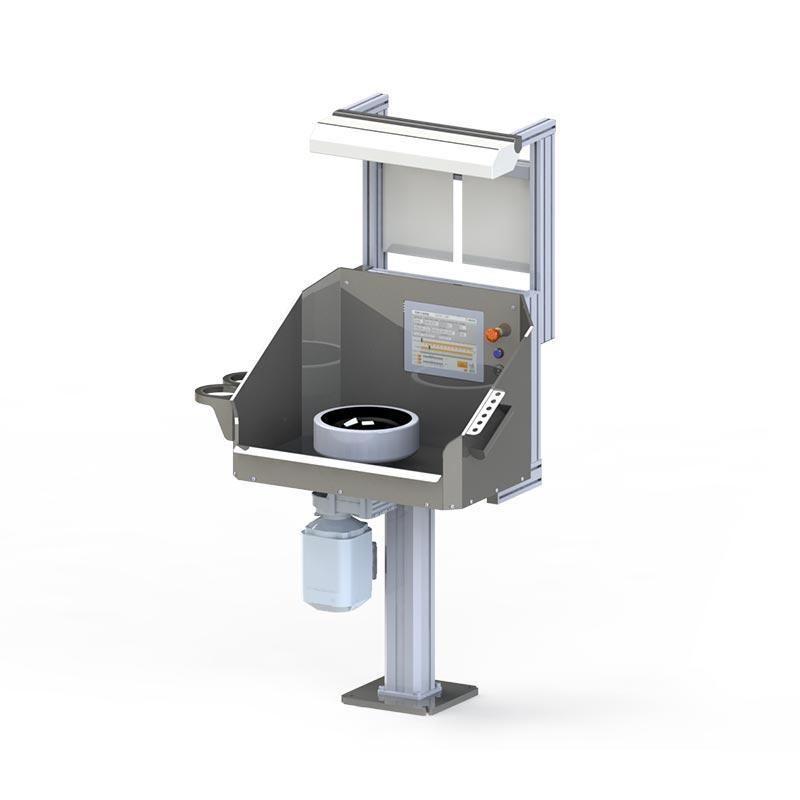The lifting capacity of the lifting beam is selected according to the production level: light assembly production requires a capacity of 1-10 tonnes, medium heavy industry requires lifting beams of 10-50 tonnes, and heavy industry uses lifting equipment of 50-200 tonnes. Choosing the right capacity ensures safe and efficient material handling in production.
Choosing the lifting capacity of a lifting beam for production – where to start?
The importance of lifting beams in industrial production is crucial to ensure the safety and efficiency of production lifting equipment. Choosing the right lifting capacity has a direct impact on production flow, safety and cost-effectiveness.
The process of selecting a lifting beam starts with identifying your production needs. Key issues include the weights of the loads to be lifted, the frequency of lifting in daily production and the space available. Oversizing the lifting capacity will lead to unnecessary costs, while undersizing will jeopardize occupational safety.
Industrial lifting beams are always designed according to the application. Modern lifting solutions include adjustable lifting points that allow safe handling of different shapes of objects. Hefmec lifting solutions cover the entire capacity range from 1 to 200 tonnes, and each lifting beam is tailored to the customer’s production process.
Which lifting capacity is suitable for light assembly production?
In light assembly production, a lifting beam of 1-10 tonnes is a typical choice. This capacity range is ideal for the electronics industry, small component handling and assembly lines handling lightweight parts and sub-assemblies.
Light production lifting beam needs are often focused on repetitive lifting, where accuracy is more important than high lifting power. Typical applications include:
- Moving electronic components on the production line
- Installation and maintenance of small machine parts
- Assembly work in the automotive industry
- Material handling in packaging lines
The OptiBeam adjustable lifting beam (WLL 1000-5000 kg) represents the pinnacle of lightweight capacity. Its lifting points can be adjusted without tools, which significantly speeds up production. An integrated measuring scale ensures precise adjustment, while the lightweight design makes it easy to move the beam from one workstation to another.
Light production lifting pallets are designed with ergonomics and usability in mind. The lifting beam must be easy to handle so that operators can work efficiently throughout a shift without extra strain.
How do I choose a lifting beam for medium industry?
Lifting equipment for medium industrial production requires a lifting capacity of 10-50 tonnes. This range covers most of the lifting needs of the engineering, metalworking and manufacturing industries.
The choice of lifting capacity for medium-heavy production is based on the following factors:
- Weight of the largest items to be lifted
- Frequency of lifting in daily production
- Available lifting height
- Need to move the lifting beam between different workstations
The OptiBeam HEAVY lifting beam (WLL over 5000 kg) is designed for demanding applications. Its reinforced profile and adjustable lifting points allow safe working with heavy objects. It is particularly suitable for the engineering industry where large castings, steel structures or machined parts are handled.
Safety is even more important in medium-heavy production cranes. The design of the lifting beam takes dynamic loads into account and the safety factor is selected according to the frequency of use. Lifting beams in regular production use are often equipped with overload protection and inspection marks.
When do I need a heavy capacity lifting beam (50-200 t)?
Heavy capacity lifting beams in the 50-200 tonne range are essential for handling large components. Industrial lifting beams in this size range are always designed on a case-by-case basis, as each application is unique.
Typical applications for heavy capacity lifting beam solutions include:
- Shipbuilding block purchases
- Installation of turbines and generators for power plants
- Heavy engineering and large machine tool handling
- Lifting of castings and other heavy components for the steel industry
The FixedBeam fixed boom (WLL 1000-200 000 kg) represents the pinnacle of heavy-duty capacity. Its fixed lifting points and standardised design make operation repeatable and safe. Material choices, suspension height and anchorage solutions are always tailored to the application.
Safety requirements are particularly stringent for heavy-duty lifting pallets. Each lifting beam is thoroughly inspected and tested before it is put into service. The design of the lifting beam takes into account fatigue strength, material quality and manufacturing accuracy. Documentation is rigorous and each lifting beam is delivered with full inspection records.
Choosing a lifting beam for the production level – key decision criteria
The choice of lifting capacity is based on a comprehensive production analysis. The main decision criteria are load weight, lifting density, space requirements and safety regulations.
| Production level | Lifting capacity | Typical applications | Recommended lifting beam |
|---|---|---|---|
| Light production | 1-10 t | Assembly, electronics | OptiBeam adjustable |
| Medium-heavy production | 10-50 t | Machine shop, metal industry | OptiBeam HEAVY |
| Heavy production | 50-200 t | Shipbuilding, power plants | FixedBeam fixed |
Future needs are also taken into account when selecting the lifting beam. Production growth, new products or changing safety regulations may affect the need for lifting capacity. It is therefore wise to choose a lifting beam with some margin for future needs.
Hefmec’s holistic approach to lifting solutions always starts with understanding the customer’s production process. Technical consultation helps to find the optimal solution that balances safety, efficiency and cost. A lifetime guarantee on the lifting beam provides assurance of a long-term return on investment.
Choosing a lifting beam is a strategic decision that will affect production efficiency for years to come. A correctly selected and sized crane beam improves workplace safety, speeds up production and reduces the risk of material damage. Investing in a quality lifting beam will pay for itself in improved productivity and reduced maintenance requirements.

